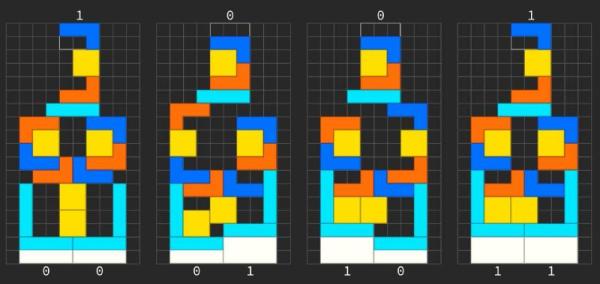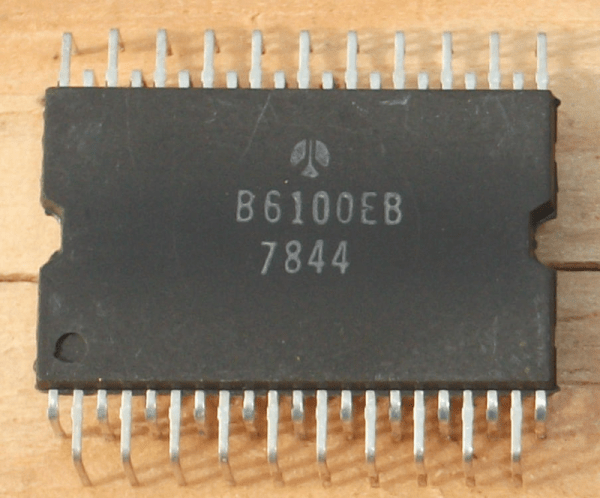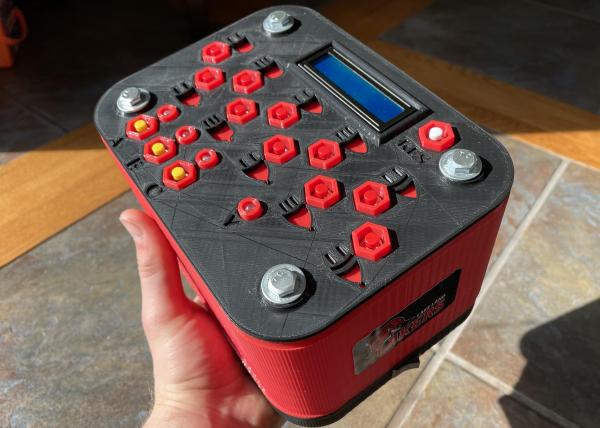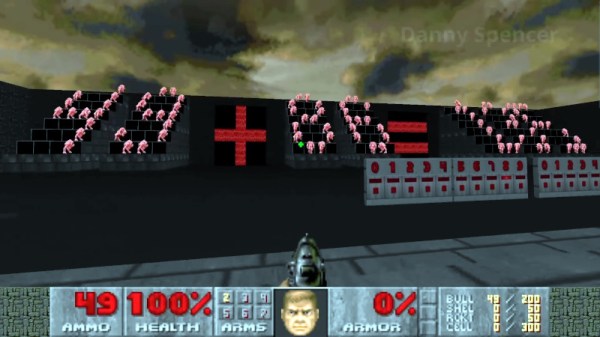Hail, and well met adventurers! There’s rumors of dark dealings, and mysterious machinations from that group of Western mystics, Wizards of the Coast (WotC). If this pernicious plot is allowed to succeed, a wave of darkness will spread over this land of Open Source gaming, the vile legal fog sticking to and tainting everything it touches. Our quest today is to determine the truth of these words, and determine a defense for the world of open gaming, and indeed perhaps the entire free world! Beware, the following adventure will delve into the bleak magic of licensing, contract law, and litigation.
Ah, Dungeons and Dragons. The original creation of Gary Gygax, refined by countless others, this table-top role-playing game has brought entertainment and much more to millions of players for years. In 2000, WotC made a decision that opened the mechanics of that universe to everyone. The 3rd Edition of Dungeons and Dragons was released under the Open Gaming License, a very intentional port of Open Source licensing to table-top gaming — obviously inspired by the GNU Public License. Ryan Dancey was one of the drivers behind the new approach, and made this statement about it:
I think there’s a very, very strong business case that can be made for the idea of embracing the ideas at the heart of the Open Source movement and finding a place for them in gaming. […] One of my fundamental arguments is that by pursuing the Open Gaming concept, Wizards can establish a clear policy on what it will, and will not allow people to do with its copyrighted materials. Just that alone should spur a huge surge in independent content creation that will feed into the D&D network.
Continue reading “Wizards Slay The Dragon That Lays The Golden Egg”

















